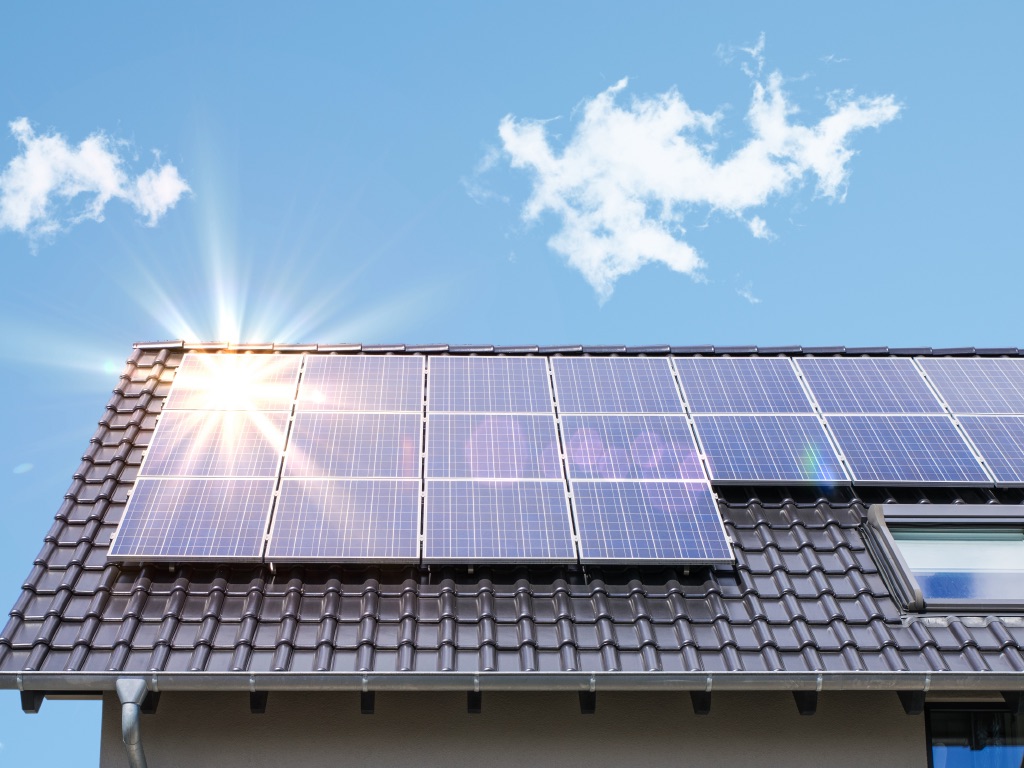I'm a little reluctant to post here , as i'm not sure this is gonna answer your question fully . I only have one vehicle with an ecu , and that vehicle is a 2005 , Suzuki Carry . Bear in mind this is an 05 , as it may have some kind of early version ecu , however i can't confirm this is the case , or even how much it may differ to modern units .
The van was used as a camping car , and insured as such with limited mileage , so spent a good portion of it's time off road . The service battery , had been enlarged to 45 ah , and there was provision for a second leisure battery , however in standby mode , this was never fitted . Kept mot'd and insured , it was serviced , and ready for instant use during the summer , but with the service battery also disconnected . However during the winter not only was this battery disconnected , it was completely removed , it still stood ready for use as a backup to my car . I can confirm , the ecu at no point suffered any problems , let alone anything unusual , during this time . Just reconnect , there would be a strange noise similar to an electric motor winding up , pause a minute , and then start . No difficulty in startup , everything normal .
Now , there is also , a second ecu equipped vehicle in this household , but it doesn't belong to me . It's a 1997 , Rover mini owned by my mother . The battery is a constant source of problems , due to the fact mother , who's retired , simply does not cover enough miles to keep it fully charged . During the recent covid lockdowns , i also disconnected this battery , and we reverted back to my more ancient Citroen . No ecu means the battery can be left connected for upto 6 months , and the car will still start . It also knocks spots of all our other vehicles for fuel economy (72 mpg) . Again the mini suffered no problems upon reconnection . My motorhome also has no ecu , and in standby mode does have both batteries (service and leisure) connected , however these are kept topped up by solar .
I can't really comment on solar , as the Suzuki never had solar permanently fitted . It used a portable unit , which was only deployed while camping . The motorhome does have a 100w panel fitted , which keeps both batteries topped off , a total of around 200 ah . The only time ehu was used , was when the fridge , a portable , 3 way unit was running in the van . However this was not connected to the 12v system . This is also the case with the motorhome now , however this is connected to the 12v system . During the winter months , with the batteries removed , i also disconnect the motorhome solar panel . This involves the removal of the fuse , along with the feed to the solar controller , which was wired to a separate 10 amp connector block for safety .
Like you , i was aware that there could be issues with the ecu , if the battery was removed . However following an incident were the battery died completely , during a layup period , i concluded this as fiction . The vehicle suffered no issues after a new battery was fitted , and started without issue . However , it played havoc with the radio's memory .





